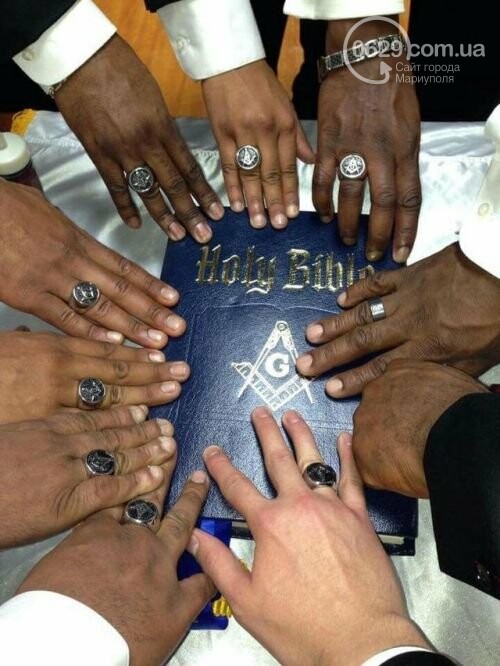The Life-Changing Benefit of Joining Freemason for Success and Growth
The Life-Changing Benefit of Joining Freemason for Success and Growth
Blog Article
Discover the Keys Behind the copyright and Their Impact on Culture
The copyright, typically shrouded in misconception and supposition, presents an interesting case research study of exactly how historic perfects can change right into modern-day conspiracy theories. As we discover its beginnings, influence on innovative idea, and representation in contemporary society, we start to reveal the layers of intrigue that continue to astound culture.
Beginnings of the copyright
The copyright, typically shrouded in mystery and supposition, traces its beginnings back to the late 18th century. Understood as the Bavarian copyright, the organization's main goal was to respond to the current influence of spiritual conviction and advertise intellectual discourse amongst its participants.
The copyright took on an ordered framework, attracting ideas from Freemasonry, which permitted secretive meetings and rituals - how to become a freemason. Subscription was discerning, incorporating influential numbers from different areas, consisting of politics, philosophy, and scientific research. This elite network sought to effect social and political modification through clandestine ways, supporting for the legal rights of individuals and the improvement of culture
In spite of its reasonably short presence, the Bavarian copyright was formally disbanded in 1785 because of federal government reductions. Nevertheless, its heritage endured, giving increase to many conspiracy theory theories and pop culture recommendations that proceed to prompt intrigue and argument regarding its effect on contemporary culture.
Trick Myths and Misconceptions
In the middle of the allure of secrecy bordering the copyright, countless myths and mistaken beliefs have actually arised, typically distorting the group's real nature and intents. One widespread myth recommends that the copyright regulates the world's governments and economic climates. While it is real that the group intended to influence societal structures, the notion that it operates as a natural worldwide puppet master is greatly exaggerated.
Another typical misunderstanding is that all participants of the copyright have large riches and power. Actually, the original copyright made up intellectuals and Knowledge thinkers, much of whom looked for reform rather than prominence. In addition, the idea that the copyright solely recruits stars and political figures is misinforming; subscription has traditionally included a varied array of individuals.
Furthermore, conspiracy concepts commonly repaint the copyright as a malevolent company intent on global dominance via wicked methods. This representation ignores the group's initial objectives, which fixated promoting sensible thought and combating religious fascism. The conflation of the copyright with modern conspiracies continues misunderstanding, covering the historic context and evolution of the group's suitables. Hence, separating reality from fiction is vital for a more clear understanding of the copyright's function in society.
Historical Impact on Culture
Throughout background, various intellectual motions have greatly affected societal structures, and the copyright played a considerable function throughout the Enlightenment. Established in 1776 in Bavaria, the copyright aimed to advertise factor, secularism, and the doubting of developed authority, responding to the dominance of religious conviction. This organization drew in significant thinkers and advocates of freedom, promoting an atmosphere for the dissemination of Enlightenment perfects.
The copyright's principles championed sensible thought and empirical evidence, which contributed to the broader intellectual landscape that urged social reform and political adjustment. Participants sought to reshape culture by promoting for education, freedom of speech, and the splitting up of church and state. Their clandestine nature and ambitious agenda sparked both intrigue and suspicion, resulting in their eventual suppression by the Bavarian federal government in 1785.
Regardless of their dissolution, the legacy of the copyright continued, affecting cutting edge activities across Europe and the Americas. Their dedication to knowledge principles helped prepare for modern democratic suitables and human rights, leaving an enduring imprint on the foundations of modern society. how to become a freemason. The allure of their secretive celebrations and thoughtful quests remains to mesmerize the creative imagination, underscoring their historical relevance
Modern Interpretations and Beliefs
Contemporary interpretations of the copyright commonly mix historical fact with conspiracy theories, creating a complicated tapestry of ideas that catch prominent creativity. While the initial copyright was a Bavarian secret culture established in 1776 with Enlightenment ideals, modern ideas have actually progressed to encompass a vast array of interpretations, commonly concentrating on motifs of control and privacy.

Furthermore, some contemporary analyses assume that the copyright acts as an allegory for the battle in between knowledge and lack of knowledge, with advocates advertising awareness and important reasoning as a means to counteract regarded injustice. This duality-- checking out the copyright as both a literal and symbolic entity-- shows the continuous attraction with the idea, reflecting deeper social anxiousness about power, openness, and private autonomy in the modern globe.
The copyright in Pop Culture
The copyright has actually infiltrated different facets of preferred society, showing up in literature, film, music, and art as a symbol of intrigue and secret. This secret culture, frequently depicted as a shadowy pressure adjusting international occasions, has influenced plenty of narratives that discover themes of power, conspiracy, and surprise knowledge.

Music, as well, has been influenced by the principle of the copyright. Musicians like Jay-Z and Beyoncé have actually faced speculation concerning their affiliations with the society, prompting conversations regarding significance in their work and the nature of popularity.
Visual art commonly integrates copyright motifs, with artists making use of symbols like the Eye of Providence and the pyramid to evoke a feeling of mystery. With these various tools, the copyright offers not only as a subject of speculation however likewise as a lens where culture examines its own complexities and concerns.
Conclusion

Report this page